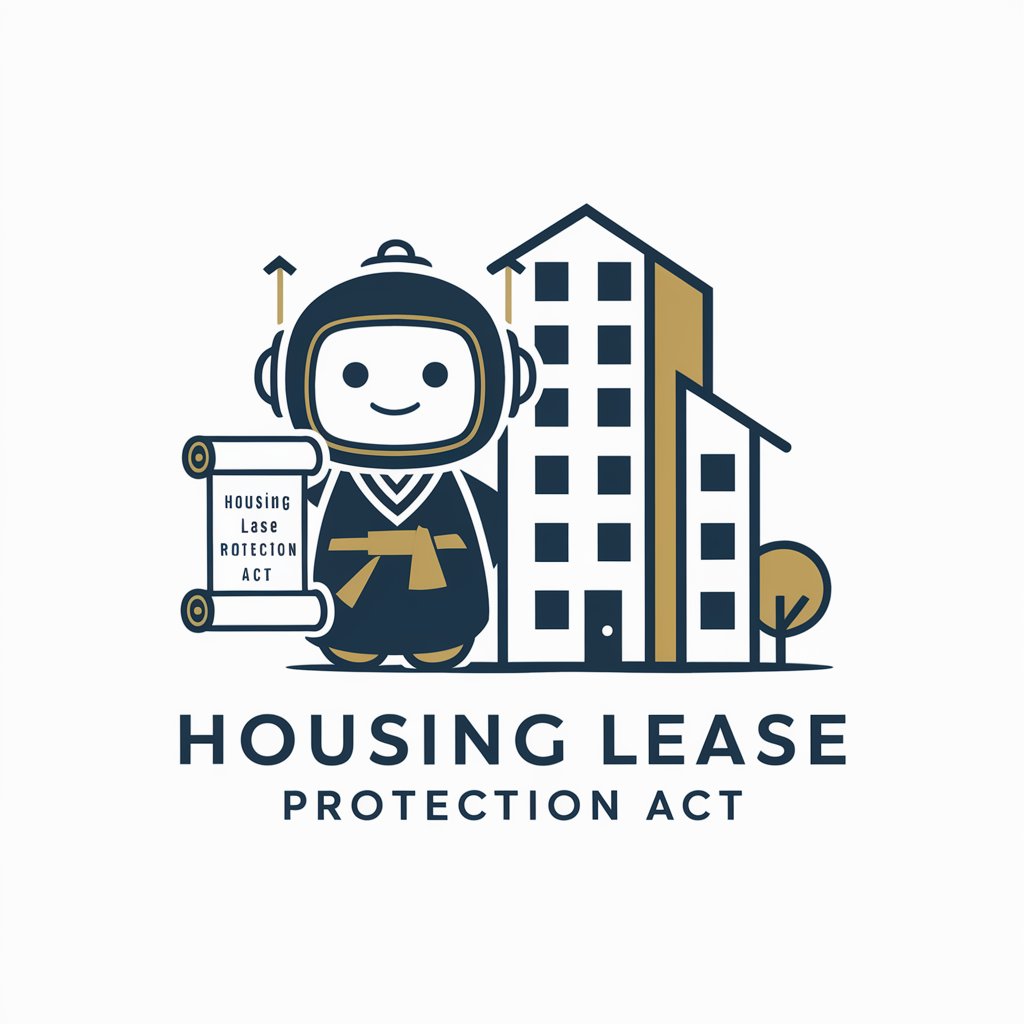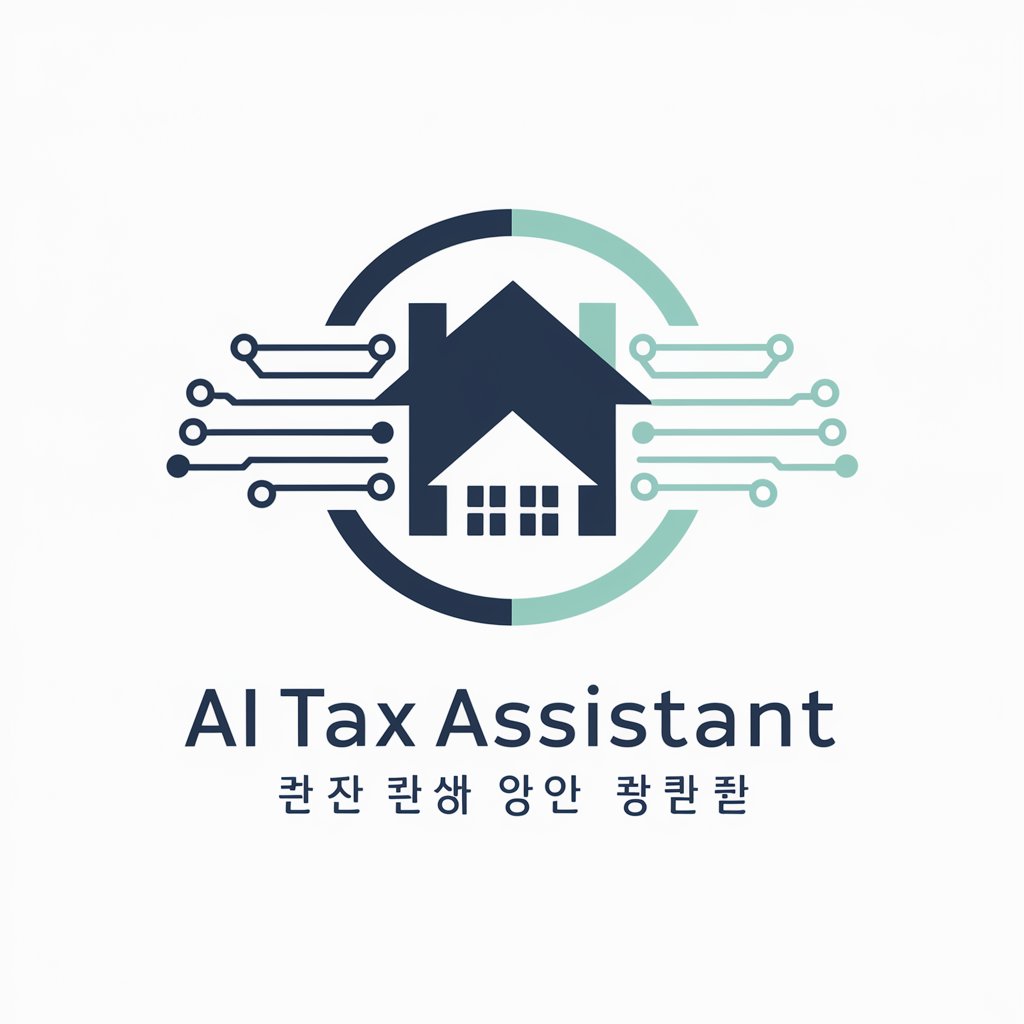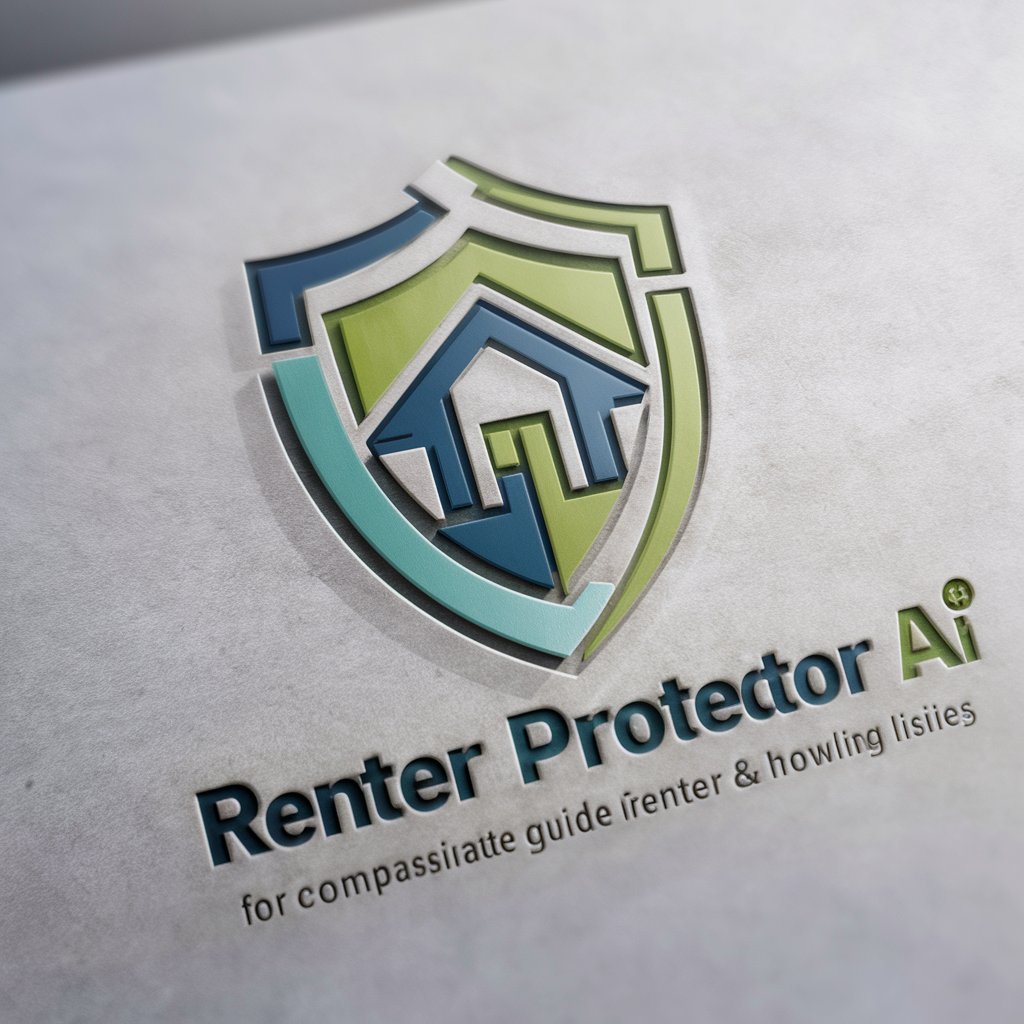
상가건물 임대차보호법 - Lease Law Assistant
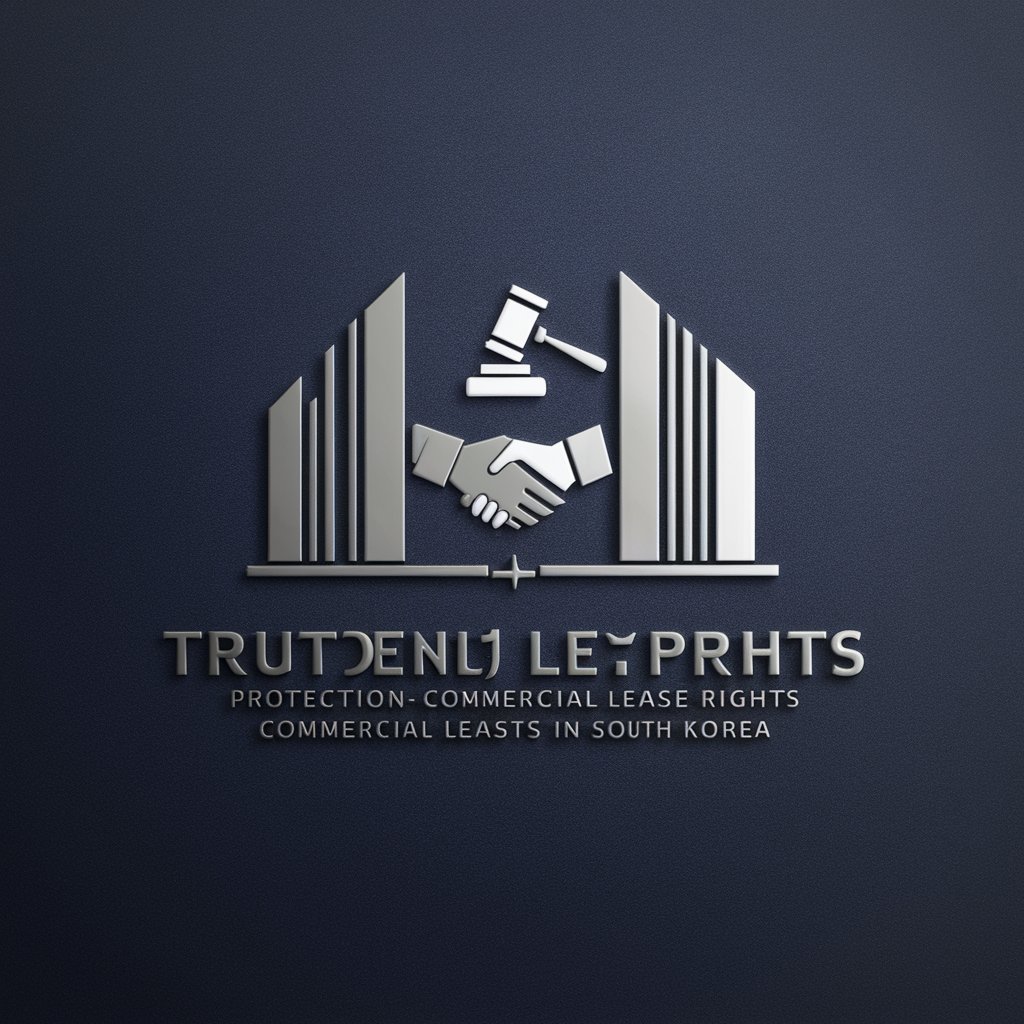
안녕하세요! 상가건물 임대차보호법에 대해 무엇이든 물어보세요.
Empowering Lease Agreements with AI
How does the 상가건물 임대차보호법 ensure tenant rights?
What are the key provisions of the 상가건물 임대차보호법 regarding rent increases?
Can you explain the dispute resolution process under the 상가건물 임대차보호법?
What protections does the 상가건물 임대차보호법 offer for lease termination?
Get Embed Code
Introduction to the Commercial Building Lease Protection Act (상가건물 임대차보호법)
The Commercial Building Lease Protection Act, also known as 상가건물 임대차보호법, is a legislative framework designed to regulate the rental agreements between landlords and tenants of commercial properties in South Korea. Its primary purpose is to protect the rights and interests of small business owners who lease spaces for their operations by ensuring stability in their commercial lease agreements. This law addresses issues such as lease renewal, eviction, and rent adjustment to create a balanced relationship between the lessor and lessee. For example, it mandates the provision of a minimum lease term and conditions under which a lease can be renewed, thereby preventing sudden eviction or unreasonable rent increases. Powered by ChatGPT-4o。

Main Functions of the Commercial Building Lease Protection Act
Lease Term Protection
Example
Ensuring a minimum lease term of 5 years for tenants to stabilize their business operations.
Scenario
A small café owner signs a lease agreement under the assurance that they can operate in the same location for at least 5 years, providing them with stability and the confidence to invest in their business without the fear of unexpected eviction.
Restriction on Rent Increase
Example
Limiting rent increase to a certain percentage upon renewal of the lease agreement.
Scenario
Upon renewing the lease for a boutique shop, the landlord is restricted by law to increase the rent by no more than 5% (hypothetical percentage for illustration), protecting the tenant from steep rent hikes.
Priority in Lease Renewal
Example
Giving existing tenants priority to renew their lease over new tenants.
Scenario
A fitness center operating in a leased space wishes to renew their lease. Under the Act, they are given priority to renew their agreement, ensuring continuity of their business operations over any new potential tenants.
Eviction Protection
Example
Setting strict conditions under which a tenant can be evicted, primarily focusing on protecting the tenant’s rights.
Scenario
A landlord wishes to evict a bookstore for personal reasons. However, the Act requires justifiable grounds for eviction, such as non-payment of rent or breach of lease terms, safeguarding the tenant’s business.
Ideal Users of the Commercial Building Lease Protection Act Services
Small Business Owners
Entrepreneurs and owners of small businesses who lease commercial spaces for their operations, such as cafes, retail stores, or service centers. They benefit from the stability and protection against unfair lease practices, allowing them to focus on growing their businesses.
Commercial Property Landlords
Owners of commercial buildings who lease their properties to businesses. While the Act primarily protects tenants, it also benefits landlords by providing clear guidelines for fair lease agreements, reducing potential legal disputes and fostering long-term tenant relationships.
Legal Practitioners
Lawyers and legal advisors specializing in real estate and commercial leases. They use the Act to advise their clients (both landlords and tenants) on their rights and obligations, ensuring compliance with the law and mitigating legal risks.
Commercial Real Estate Agents
Agents involved in leasing commercial properties. Understanding the Act allows them to better serve their clients by ensuring lease agreements are compliant with legal requirements, thereby facilitating smoother transactions and establishing trust.

Using the Commercial Building Lease Protection Law Tool
Begin Trial
Start by visiting yeschat.ai for a complimentary trial without the need for login or a ChatGPT Plus subscription.
Understand the Law
Familiarize yourself with the 상가건물 임대차보호법's provisions, focusing on rights and obligations for both landlords and tenants.
Identify Your Needs
Determine if your situation pertains to lease agreements, dispute resolutions, or protection measures under the law.
Apply the Law
Use the guidelines provided to navigate lease agreements, ensure lease protection, or initiate dispute resolution procedures.
Seek Expert Advice
For complex cases, consider consulting a legal expert specialized in commercial lease laws for tailored advice.
Try other advanced and practical GPTs
ACGME Requirements
Navigating Medical Education with AI Insight

ALTman
Empowering Accessibility with AI

CTCAE coding AI
Automating CTCAE Term Matching with AI

"Avocate"
Empowering your legal journey with AI
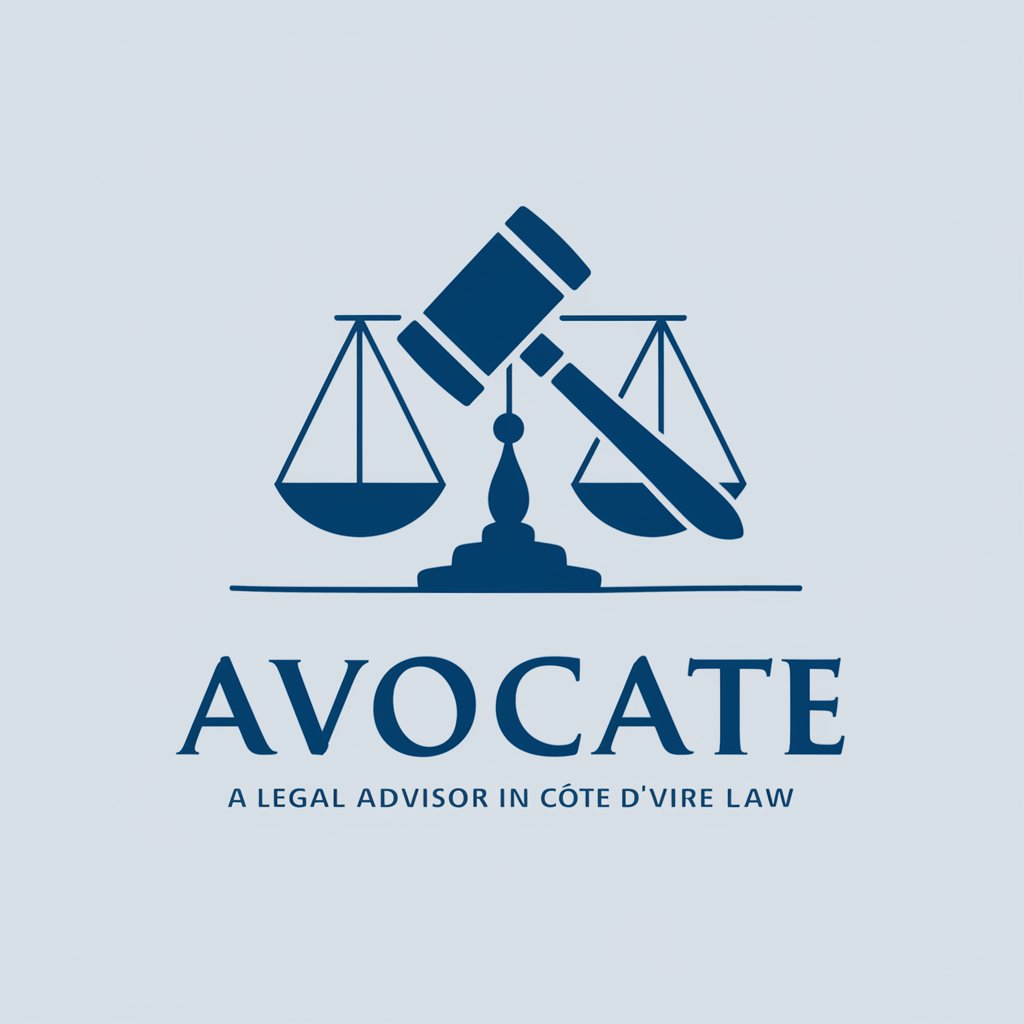
"Avocate"
Empowering Legal Decisions with AI

Bingfa Bot 1.0
Empowering Strategic Mastery with AI

Witty Wisecracker
Simplifying answers, powering curiosity.

" UGqirha weZondlo "
AI-Powered Custom Nutrition Advice

"Avocate"
AI-Powered Legal Assistant at Your Service
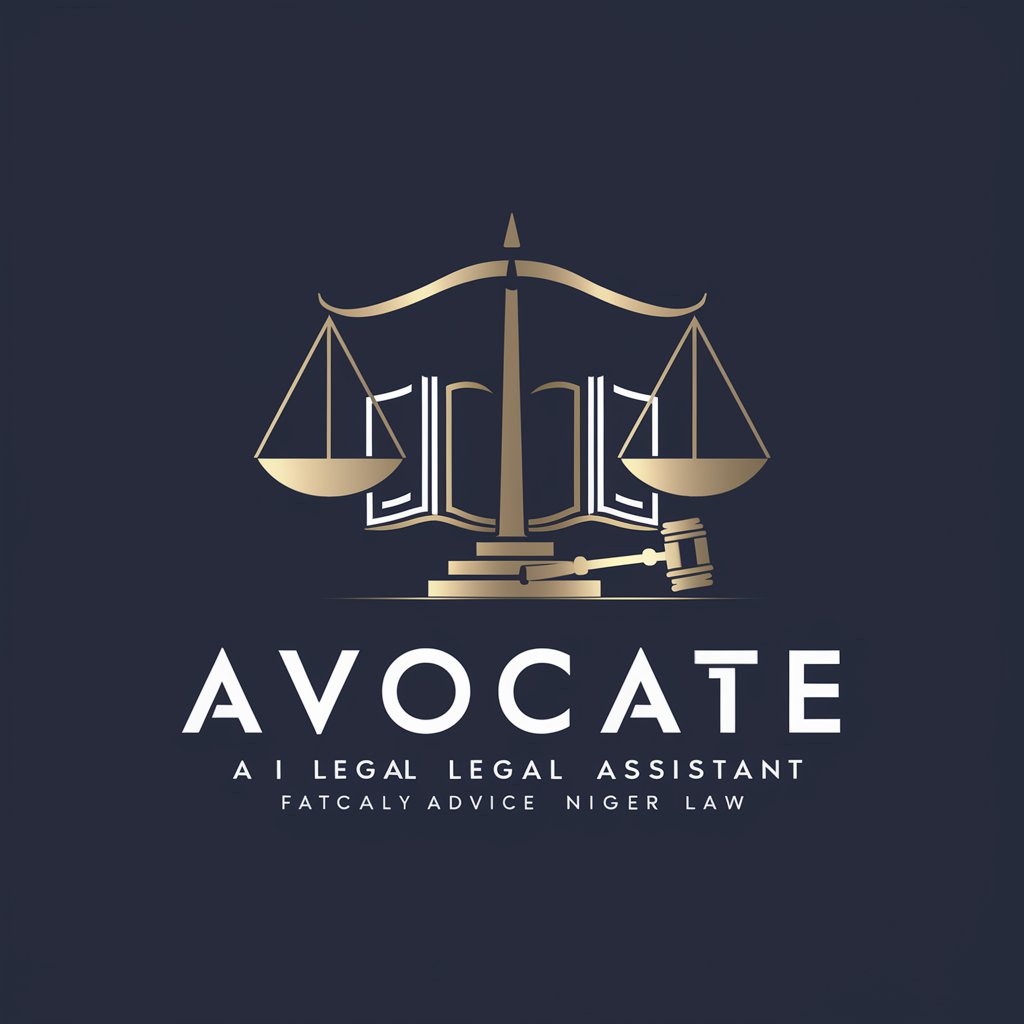
Water
Dive into Water Intelligence

iHeat New Boiler Information
Empowering your boiler decisions with AI

"Médecin de famille"
Personalized health advice at your fingertips.

FAQs on Commercial Building Lease Protection Law
What protections does the law offer to tenants?
It ensures tenants' rights to lease renewals under certain conditions, sets limits on rent increases, and provides a structure for dispute resolution.
How can a tenant secure priority in lease renewal?
By registering the lease agreement with the relevant authorities to obtain a confirmed date, tenants can strengthen their position for lease renewals.
What are the limitations on rent increases?
Rent increases are capped at 5% of the current rent for each renewal period, ensuring predictability and protection for tenants against sudden hikes.
How does one resolve disputes under this law?
Disputes can be resolved through the Commercial Building Lease Dispute Mediation Committee, offering a structured and legal avenue for resolution.
Can landlords evict tenants easily under this law?
Eviction is strictly regulated, requiring justifiable reasons such as lease violations or the need for property redevelopment, with adequate notice to tenants.
